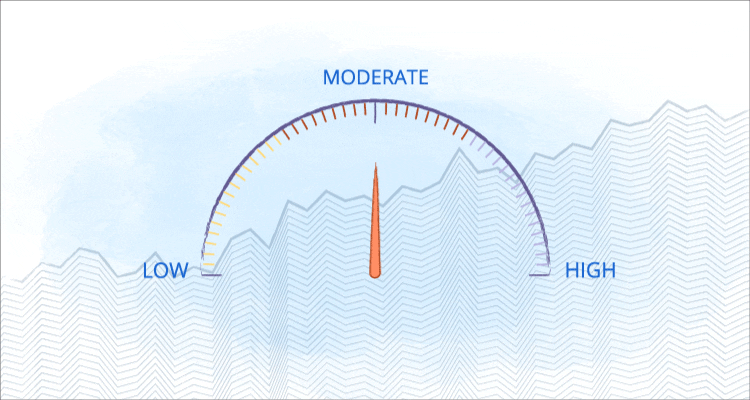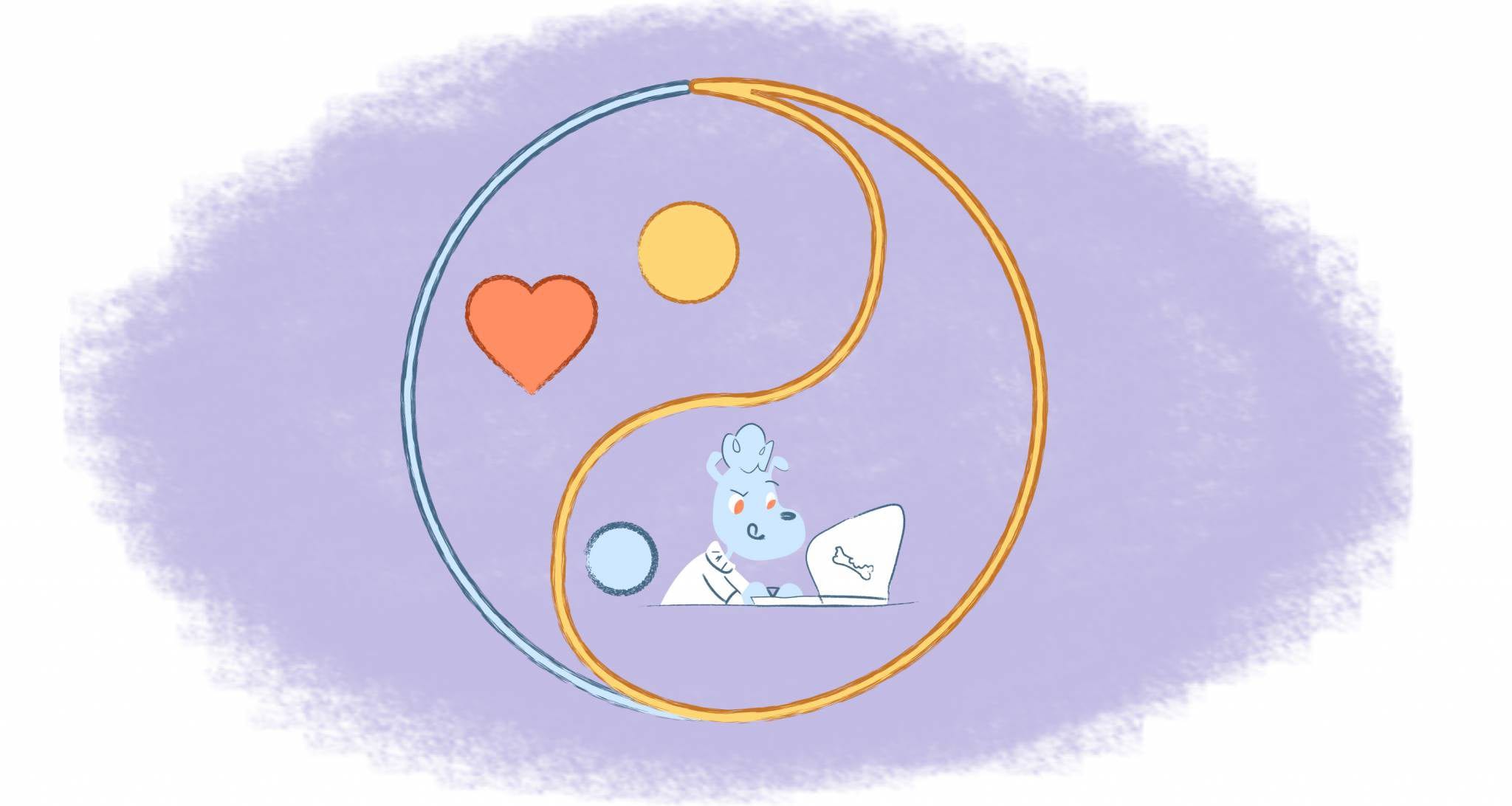
“Excellence is an art won by training and habituation,” Will Durant, and not Aristotle, wrote in The Story of Philosophy in 1926. We “do not act rightly because we have virtue or excellence — but rather we have these virtues because we have acted rightly; these virtues are formed in man by doing his actions; we are what we repeatedly do,” Durant continued. “Excellence, then, is not an act, but a habit.”
That’s all well and good. But what exactly are habits, and why are they so important?
Habits, as defined by the University College London, are behaviors that are “performed automatically because they have been performed frequently in the past. This repetition creates a mental association between the situation (cue) and action (behavior) which means that when the cue is encountered the behavior is performed automatically. Automaticity has several components, one of which is a lack of thought.”
In a nutshell, habits are behaviors or tasks that we without thinking about. It could be something like brushing your teeth twice a day or morning and nighttime routines, such as exercising or journaling.
Generally, habits can help us become the best possible versions of ourselves. As a result, we’ll be healthier, happier, and more productive. On the flip side though, they can also be damaging. Examples would be hitting the snooze button, procrastination, watching too much TV, and smoking. You probably don’t need to be reminded of this, but all are bad for your productivity and well-being.
With that in mind, you need to master the art of better habits. And, here are proven systems to make this possible.
Start incredibly small.
“If we’re trying to get better at big picture stuff–like by getting more productive, creative, or generally awesome–research shows we need to make the change as small as possible,” writes Drake Baer in an article for Fast Company.
The reason? Well, it takes 66 days to form a new habit. And, before they become automatic, it’s going to take a lot of willpower to stick with it. As Baer explains, it’s like a muscle getting fatigued. Additionally, “the bigger a project seems, the less likely we are to complete it since it seems like too much effort.”
“What we need to do,” adds Baer, “is to find a strategy that lets us lay the foundation of a productive habit while minimizing the upfront workload.” Or, to put it another way, the secret to changing habits is to “make them so small that they seem trivial,”
BJ Fogg, a behavior scientist at Stanford who developed the Fogg Behavior Model (FBM), recommends using his habit recipe template to make this possible: “After I [TRIGGER], I will [TINY HABIT].”
For example, after I brush my teeth, I will floss one tooth. Of course, this can be applied elsewhere. Don’t have the willpower for a 30-minute workout? Start with one pushup. Want to learn something new? Commit to reading two pages of a book per day.
Go atomic.
James Clear spent years perfecting the art of habits — he also did his fair share of research. He then shared this knowledge with us in his bestselling book Atomic Habits. I suggest you read the book yourself. But, here’s a rundown on how you can easily build new habits.
- Don’t be vague. Instead, create an implementation intention using the following formula: I will [BEHAVIOR] at [TIME] in [LOCATION].
- Stack your habits. Similar to above, this is where you tie a new habit to an existing one. For example, “After I wake up, I will do 20 pushups.”
- Make it attractive with temptation bundling. According to James, this is where you “apply a psychology theory known as Premack’s Principle. Named after Professor David Premack’s work, “the principle states that “more probable behaviors will reinforce less probable behaviors.” Or, simply more, “even if you don’t want to process overdue work emails, you’ll become conditioned to do it if it means you get to do something you want to do along the way.”
- Make it satisfying. James calls this “The Cardinal Rule of Behavior Change,” and it’s when you reward yourself immediately after completing a new habit.
One other key takeaway from James? Focus on your identity, not your goals. According to James, “the most effective way to change your habits is to focus not on what you want to achieve, but on who you wish to become.”
Reshape any habit.
Since it was released in 2012, Charles Duhigg’s The Power of Habit has become the de facto habit manual. Like Atomic Habits, this is another book that you should read. But, it primarily focuses on reshaping habits through habit loops.
Each habit loop consists of a cue (what triggers the habit), routine (the behavior you want to change), and reward (positive reinforcement for changing the behavior). Here’s an example of how this works. Every day you go outside for a cigarette directly after lunch, that’s your cue. The routine is wanting to quit smoking. The reward would be what you would gain from this, like not being winded when playing with your kids.
To reshape this habit, you need to short-circuit the habit loop by:
- Identifying the routine.
- Experimenting with rewards.
- Isolating the cue.
- Having a plan.
Know your habit tendency.
In The Four Tendencies, Gretchen Rubin writes that how we respond to expectations is influenced by the tendency that shapes our behavior. These are four tendencies are:
- Upholders want to know what should be done.
- Questioners want justifications.
- Obligers need accountability.
- Rebels want the freedom to do something their own way.
To help you identify what tendency you are, Gretchen came-up with a helpful quiz. After determining your type, you can then design an environment to match your propensity.
For instance, if you’re an obliger, then relying on yourself to go to the gym isn’t useful. Instead, you may want to have a gym buddy or hire a personal trainer to hold you accountable for making this habit stick.
Overcome excuses.
Sometimes we don’t follow through with habits because there are obstacles in the way. For example, you want to exercise three times a week. You even found a gym that you like and signed-up for membership.
The problem? You’re not a morning person and dread waking-up before hitting the gym. Instead, pack a gym bag, leave it in your car, and go workout after work.
Create a habit calendar.
It’s been said that “What gets measured, gets improved.” And, that’s true with habits as well.
As Patrik Edblad notes in a Medium post, “Research shows that merely asking people to track what they do immediately and significantly improves their performance in that area.” One example of this would be “people who track their steps with a pedometer” can “increase their physical activity by 27%.”
How can you track habits, though? By using a calendar — which we’re thrilled about since that’s our wheelhouse. To make this even better, it’s incredibly easy to do.
- Download the habit calendar by visiting Patrik’s site. Or, if you’re up for it, create your own template.
- Next, jot down the habits you want to track in the top row.
- As you complete each habit, check it off — this reminds me of Jerry Seinfeld’s “don’t break the chain” productivity hack.
- Celebrate your wins — no matter how small.
Now you can easily track your habits and follow through with them. Just remember not to beat yourself up if you slip. And, review your progress weekly to keep the momentum going.











Deanna Ritchie
Editor-in-Chief at Calendar. Former Editor-in-Chief, ReadWrite, Editor-in-Chief and writer at Startup Grind. Freelance editor at Entrepreneur.com. Deanna loves to help build startups, and guide them to discover the business value of their online content and social media marketing.